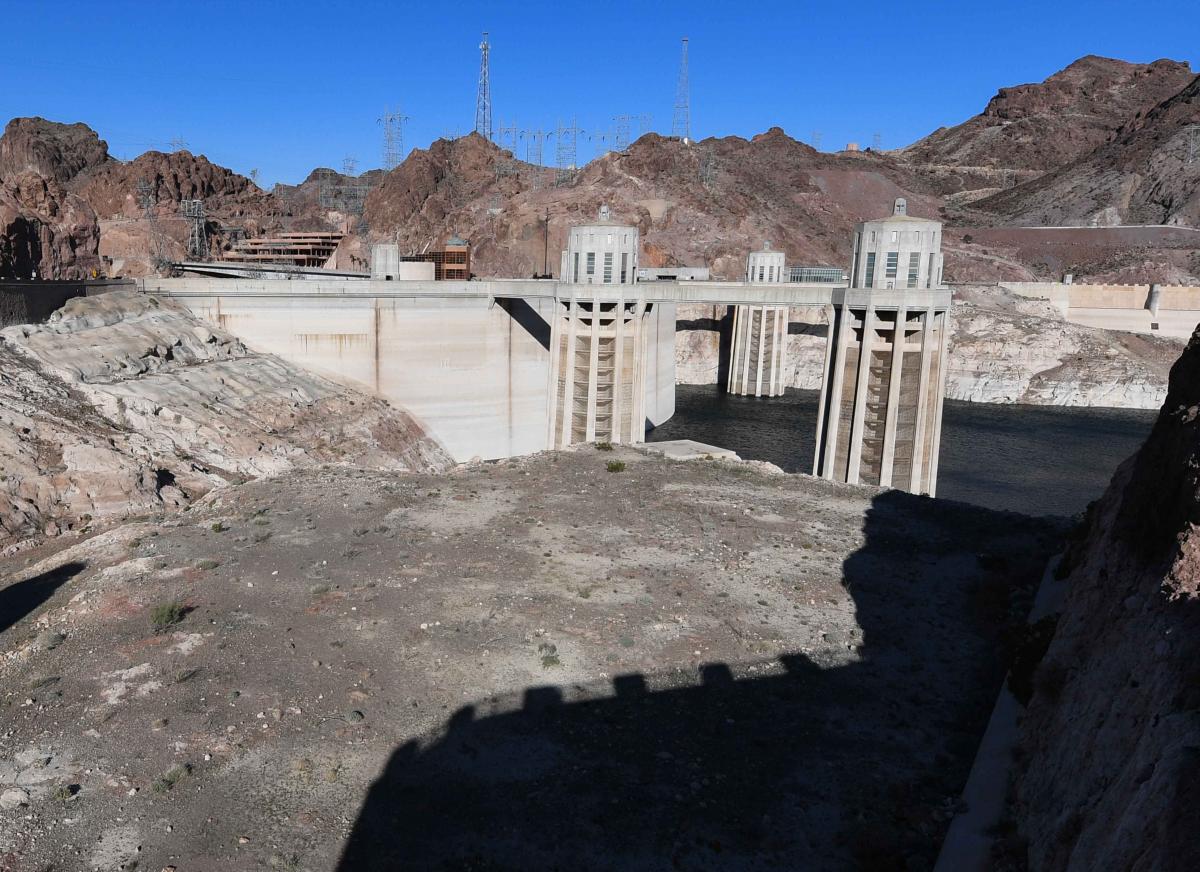
It’s no secret that Americans have been flocking to the southwest for decades; escaping harsh winters, high taxes, and bureaucracy in droves. But now an unwelcome guest has arrived – drought! For all its attraction as a great place to live affordably with nature, southwestern states are now locked in a battle to determine how the limited flow from the Colorado River will get divvied up before the major reservoirs like Lake Mead and Lake Powell get to the dreaded “dead pool.” As water becomes a scarce resource, it is quite likely that migration trends will shift towards other regions such as the southeast. Land investors need to watch these trends carefully.
It is an understatement to say that water rights out west are complicated. They are governed by a 1922 agreement called the Colorado River Compact. The massive influx of population, agriculture, rising temperatures and shorter winters have created a perfect storm of competing demands that couldn’t have been anticipated a hundred years ago.
Last summer the Bureau of Reclamation made a challenging request to the seven affected states: devise an ambitious plan within 60 days that would reduce their reliance on river flow by 2-4 million acre feet per year.
An acre-foot is the amount of water it takes to cover an acre with water one foot deep. It’s about 326,000 gallons of water. The average California household uses between one-half to one acre-foot of water a year.
If they failed to submit a proposal by January 31st, the federal government threatened to step in. Six states submitted a proposal by the 31st but California, the largest water consumer, submitted it’s own proposal resulting in a stalemate.
If trends continue, the biggest reservoirs – Lake Mead and Lake Powell have already fallen to one-third capacity. Water managers fear that these lakes could hit what is known as “dead pool” within a few years. Dead Pool is when water levels have gotten so low that no more water can be extracted. This threatens not just water availability but the ability to generate hydroelectric power as well.
It’s still not clear how this will play out but as the harsh realities of decreasing water supply abuts the growing population demand for water, migration patterns will almost certainly shift to states with more reliable water supplies. I would bet that is where demand for land will increase as well.
You might also be interested in...
Get the free land.mba app
Download the free app and get your first course for Free! Land.MBA lifts the veil of mystery regarding how to make money from raw, vacant land. If you’re ready to generate substantially more income for your family, this course provides everything you need to understand how the land investing business works and what you need to get started.




